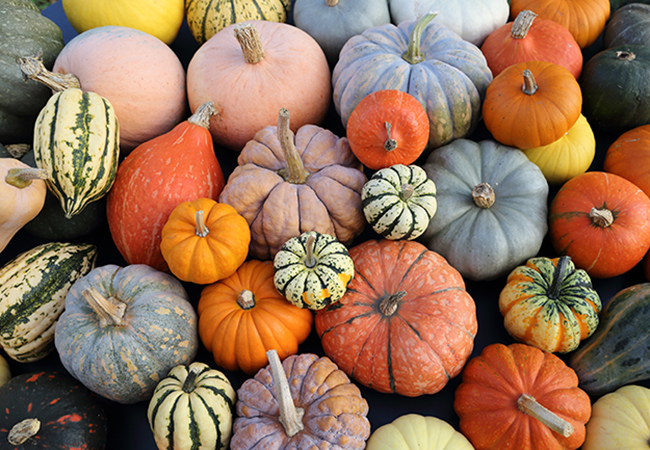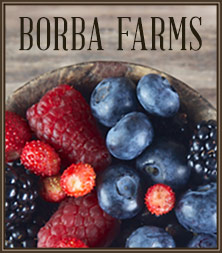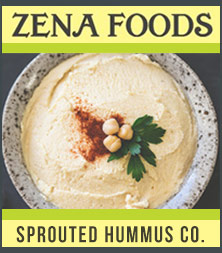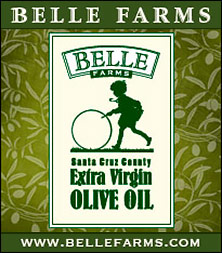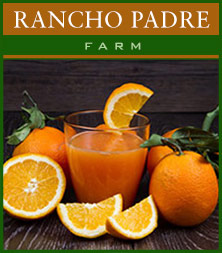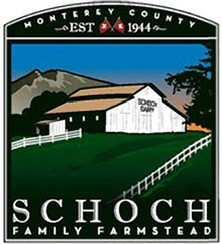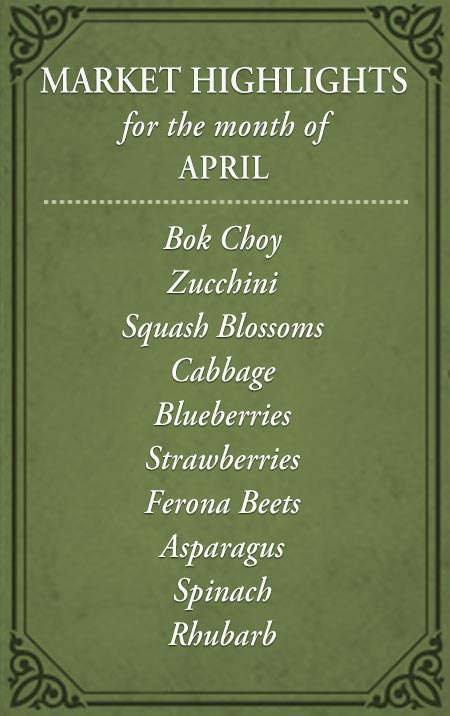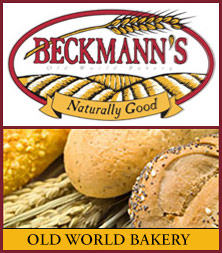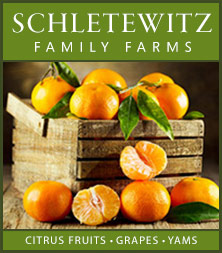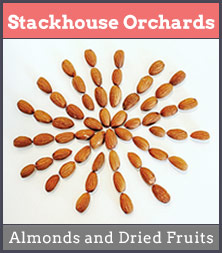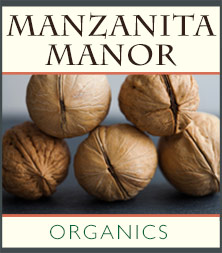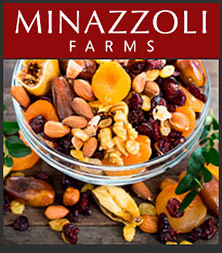Pumpkins in the US are widely recognized as the classic orange-skinned winter squash with orange flesh, often used for Halloween carving and pies. However, the term “pumpkin” encompasses a diverse array of squash varieties from around the world, boasting a range of shapes, colors, and sizes. While the typical pumpkins associated with autumn are orange or deep yellow, some can be found in hues of dark green, pale green, orange-yellow, white, red, and gray, with various shapes. These squash are indigenous to North America, with historical evidence of pumpkin-related seeds dating back to 7000 BC in Mexico.
In terms of flavor, pumpkins on their own don’t offer anything particularly dramatic. Instead, think of them as providing deep, mellow flavors with subtle nuances. The taste can lean towards sweetness or feature a touch of bitterness, depending on how they are prepared. When creating dishes with pumpkin, seek flavors that complement or contrast. For example, when making a Kabocha pumpkin puree, which has a nutty flavor, consider adding chestnuts as a complement. In pumpkin soup, you might use sherry or balsamic vinegar as a counterpoint, offering acidity and astringency to balance the squash’s rich and milder taste. Nuts and roasted pumpkin seeds make excellent garnishes for most pumpkin dishes. If you can find pumpkin seed oil, it provides an exceptional flavor, especially when drizzled over pumpkin soup or puree.
Pumpkin Cooking Methods
The cooking method greatly influences the flavor of pumpkin. Roasting or baking tends to enhance its sweetness, while moist cooking methods like steaming or stewing accentuate the more earthy and slightly bitter aspects common to all squash varieties.
For drier pumpkins like Kabocha, moist cooking methods work well, whereas wetter pumpkins and squash benefit from dry cooking initially to develop a fuller flavor profile. Even when making soup, consider roasting the pumpkin before adding it to the liquid. Winter squash also stands up well to sautéing when cut into small pieces, caramelizing and retaining its shape. It can be a fantastic addition to risotto or combined with cooked whole grains and greens. Adding pumpkin at the beginning of a dish will melt it, infusing sweetness and body.
Pumpkin can even be cooked in the microwave, provided you don’t attempt to cook it whole, as it may explode. Instead, microwave pumpkin halves and finish them in a hot oven for an expedited cooking process.
When it comes to splitting and peeling pumpkins, exercise caution. If you’re unsure, consider scoring the skin deeply with a carpenter’s knife before using a regular knife or cleaver to split it. A rubber mallet can be handy if you need a bit of extra force.
Don’t forget to save the seeds! After rinsing and drying, lightly oil and salt them for a tasty snack or garnish. They also have a good shelf life.
Interestingly, canned pumpkin is often made from squashes like butternut, Hubbard, or other sweeter and smoother varieties, demonstrating the interchangeability of pumpkin and squash. Explore your options and savor the delicious possibilities.
RECIPES: Pumpkin Spice Blend, Pumpkin Fritters, How to Make Pumpkin Purée, Pumpkin and Wild Rice Bread Pudding, Apricot Pumpkin Bread, Thai Stir-Fried Pumpkin with Tofu and Basil, Turkey Pumpkin Chili with Chipotle, Toasted Pumpkin Seeds, Savory Pumpkin Garlic Flan, Pumpkin Ravioli with Walnut Cream Sauce, Creamy Pumpkin Flan with Caramel, Indian Vegetable Stew, Thai Curried Pumpkin and Walnut Soup, Pumpkin Quinoa Muffins, Pumpkin Soup, Pumpkin Tortelloni with Browned Butter and Sage Sauce


